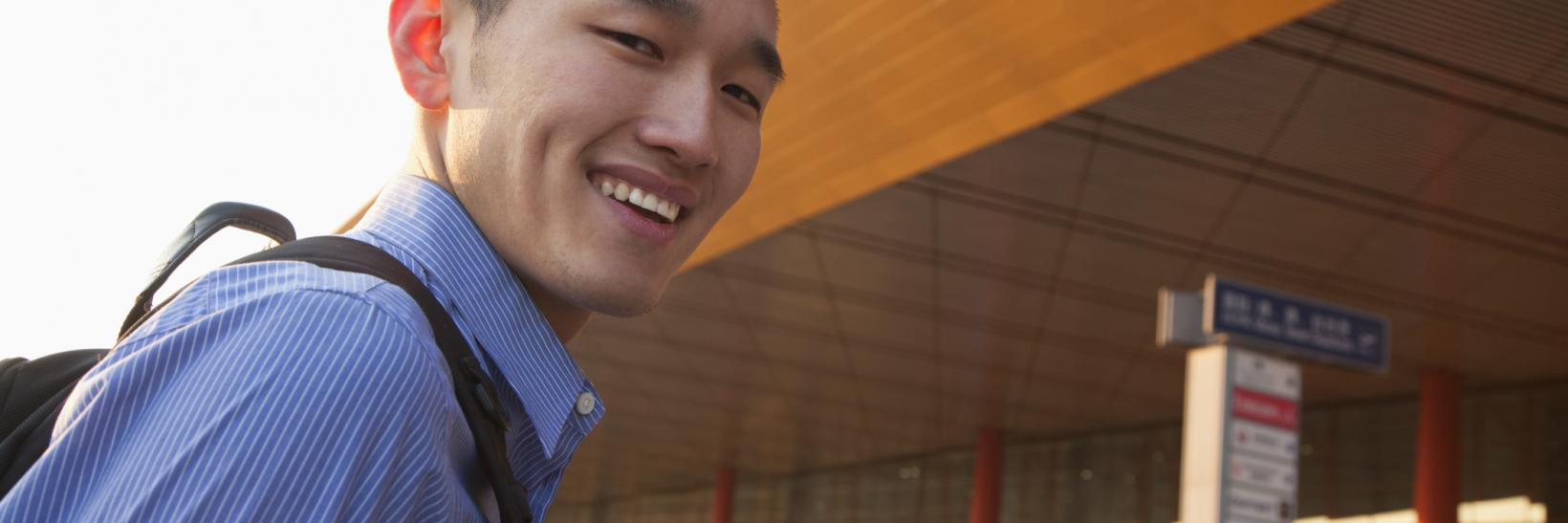
What to Expect When Entering the United States
August is here, which means that it is almost time to head back to school. If this is your first time studying in the United States, you may be wondering what to expect upon your arrival.
When you enter the country at a U.S. air, sea or land port of entry, your first stop will be primary inspection where a U.S. Customs and Border Protection (CBP) officer will determine whether you can enter the United States. At the primary inspection booth, the CBP officer will ask you questions to verify your documents, examine your luggage and determine whether to admit you into the country. Here are some questions that the CBP office may ask:
- What is the purpose of your visit to the United States?
- How long do you plan to visit?
- Where will you be staying?
- Do you have the means to support yourself financially in the United States?
- Do the documents you present match the purpose and intent of your visit?
If the CBP officer cannot verify your information, or if you lack the required documentation, they may direct you to secondary inspection. This is a more detailed inspection to determine your admissibility to the country. Under certain circumstances, the CBP officer may issue you a Form I-515A, “Notice to Student or Exchange Visitor,” which allows for temporary admission into the United States for 30 days so that you can obtain and submit the necessary documentation to the Student and Exchange Visitor Program (SEVP). It is important that you work with your designated school official to submit the right information to SEVP in a timely manner so you can maintain your status and remain in the United States.
An important reminder as you prepare for your arrival is to carry copies of the official documents that you must bring with you to the United States, including your passport, student visa and Form I-20, “Certificate of Eligibility for Nonimmigrant Student Status.” Carry them with you and do not place them in your checked luggage.
Visit CBP’s website to learn more about travel resources for international visitors and for additional information about arriving in the United States.

